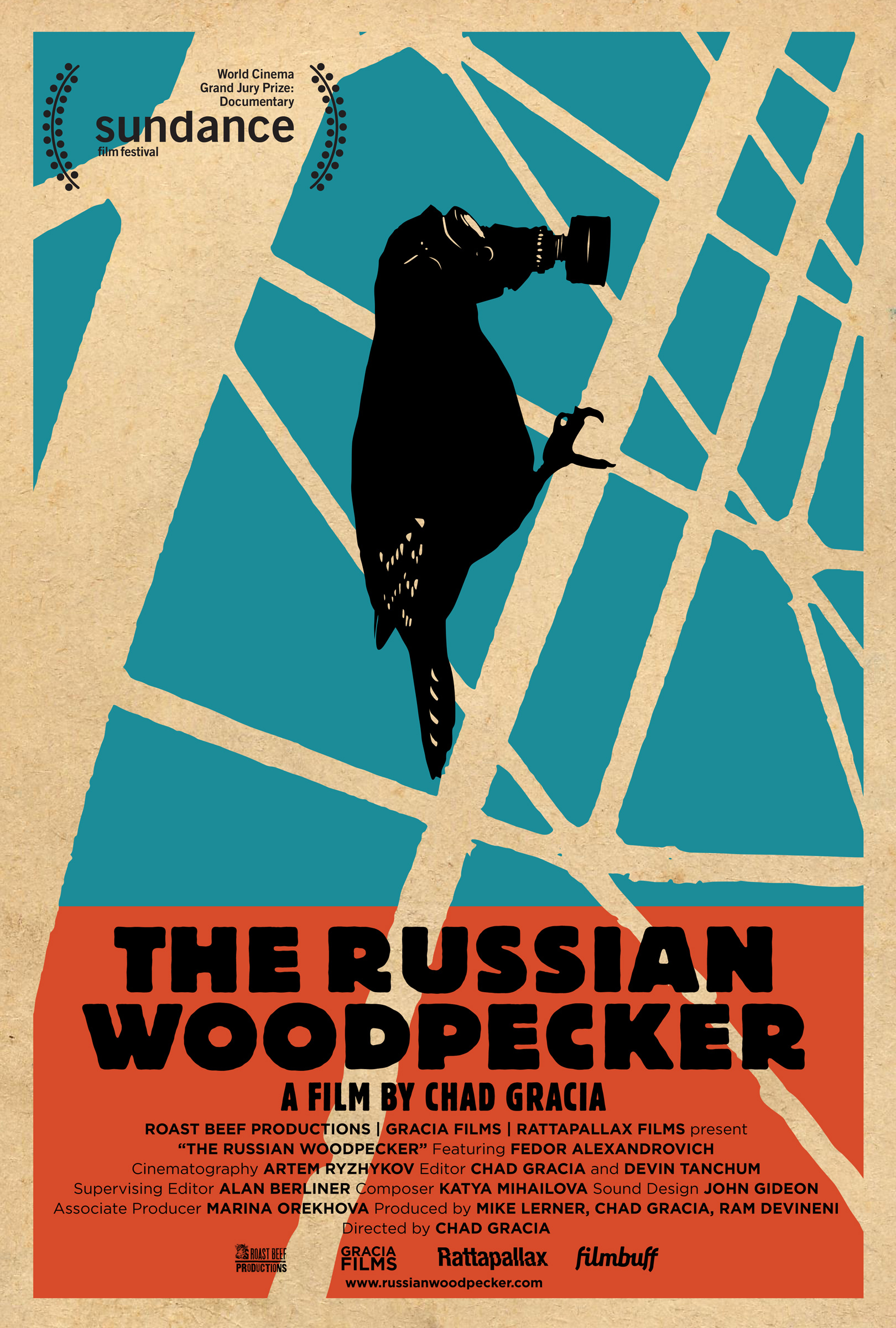

(The film opens February 1 at the Regal South Beach.) Chop Suey's title is a pretty good summation of the film itself: tangled, gooey, yet ultimately satisfying. Which is perhaps the best way to describe Weber's latest directorial effort, Chop Suey, which recently landed a national distribution deal after making the festival rounds. That's the kind of mix of people I like in my life: a surfer and a 95-year-old artist." "Down on South Beach you'd see some kid skateboarding past an older lady just rocking back and forth. "The only sadness I have about Miami now is I miss that combustible thing of young and old people together," he says.

But the Beach's new growth industry gentrified out of existence much of what first drew Weber there.

"We were looking for a place we could afford to go to with a lot of models," Weber explains of his South Beach foray.Īt the time little more than a mix of boarded-up buildings, crackhouses, aging retirees, and Marielitos, the forgotten burg soon became a magnet for fashion shoots, synonymous in the public mind with the supermodel craze of the Nineties. It was Weber's 1985 Calvin Klein shoot atop Ocean Drive's Breakwater Hotel that sparked the international fashion world's interest in the area. Along the way Weber also helped to create a little place called South Beach. Grabbing headlines and provoking controversy with their overt sexuality and homoerotica, Weber's fashion photos created as much interest in the models themselves as in the clothes they were wearing. His past two decades of national advertising campaigns for the likes of Calvin Klein, Ralph Lauren, Abercrombie & Fitch, and Banana Republic helped fuel the explosive growth of the modeling milieu, filling teens from coast to coast with dreams of runway glory. Of course Weber has only himself to blame for transforming a decision to go topless from an artistic whim to a meticulously calculated business gambit. "I came here because it wasn't fashionable," Weber notes with a chuckle, an initial attraction that led him to purchase a winter home in Golden Beach - the sun-drenched backdrop for many of his subsequent shoots. A decade ago Weber brought Linda Evangelista here, seating her at the counter beside a flock of yarmulke-clad children for Italian Vogue. In a corner of the Rascal House, amid tables of pickle-chomping seniors, a Houston crew from Neiman Marcus carefully arranges a pair of shoes before a tripod-mounted camera. Now the girl thinks about it, calls her agency, calls her boyfriend, calls her ex-boyfriend, she calls her parents back in Cologne - then they call their relatives somewhere else in Germany." He puts his hands to his head in mock exasperation: "By the time you get involved with it, you don't even want to do the picture anymore! All the mystery is taken away."Īs if to dramatize Weber's lament, the fashion world has even spread to this bastion of old-school Miami and Yiddishkeit. "You might tell a girl: 'I think you're going to have your top off in this next picture.' And years ago if you just thought it at that minute, you'd say it, and it would happen.

The famed fashion photographer spears a forkful of rugelach inside the Rascal House restaurant in Sunny Isles Beach and continues. "When I started taking photographs, people were so open to situations," Bruce Weber recalls ruefully of his career's beginnings in the Seventies.


 0 kommentar(er)
0 kommentar(er)
